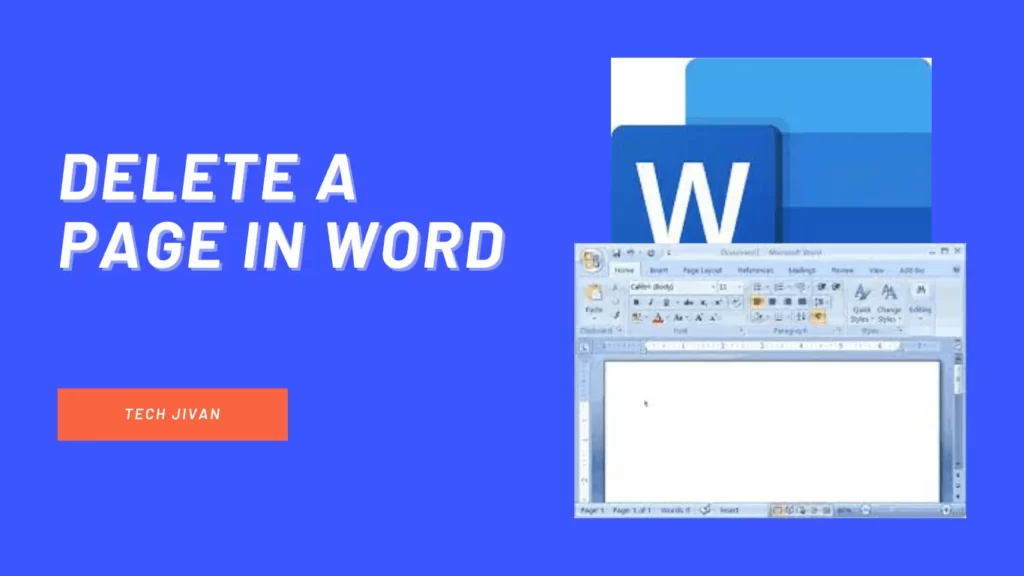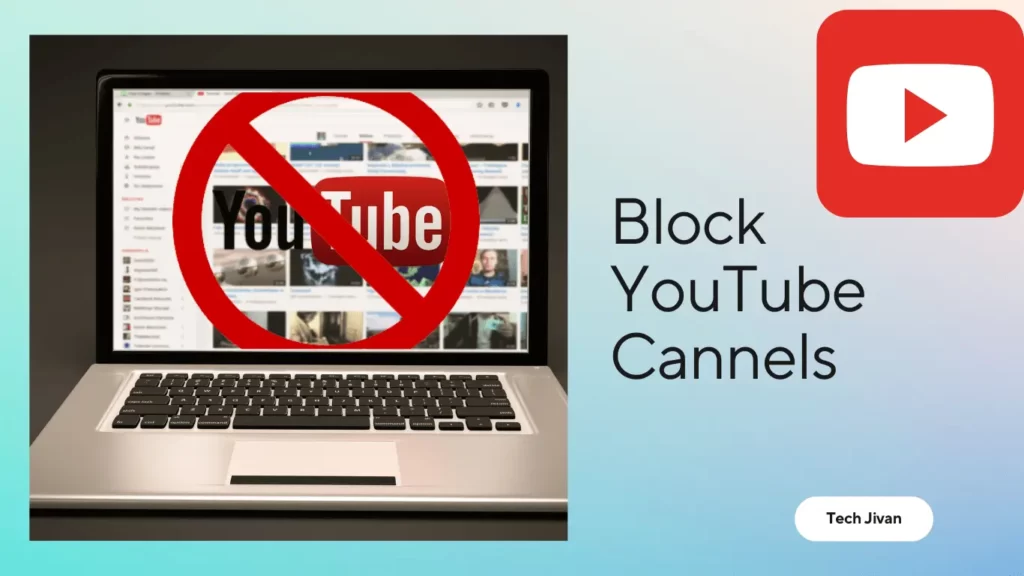
Sometimes, many individuals find it difficult to remove a page from a Microsoft Word document. Whether you’ve encountered errors, wish to eliminate a partially filled page, or for any other reason, the act of deleting a page in word is straightforward.
In this guide, we’ll discuss the five easy methods on how to delete a page in word. This process is applicable to both Windows and Mac users. So let’s get started…
Table of Contents
Why Unexpected Pages Appearing In Microsoft Word?
When facing the perplexing problem of extra pages mysteriously showing up in your Microsoft Word document, several factors could be at play.
One scenario to investigate involves your document’s printing settings. To do this, navigate to the File menu and opt for the Print option.
Inside the Print dialog box, verify that the pages per sheet setting is adjusted to 1. Another probable culprit for these uninvited pages may lie in the document’s content itself.
The text within the document is either too copious or the font size too expansive. To resolve this, consider reducing the font size or trimming down the amount of text in the document.
Methods On How To Delete A Page In Word
Although there are numerous methods available to delete pages with the help of which you can easily delete any pages in Microsoft Word.
However, we are going to tell you about some Five very easy methods which will definitely help you. The methods are given Below:
Method 1: Remove Pages By Deleting The Unnecessary Hard Returns
If you encounter extra or empty pages within your document, they could be a result of unnecessary hard returns, which are generated each time you press the Enter key.
To remove a page by deleting hard returns, follow the steps given below:
Step 1: Navigate to the Home tab in the Ribbon and make sure that the “Show/Hide ¶” option is enabled within the Paragraph group. This will display paragraph marks (¶) within the document.
Step 2: Highlight the blank paragraphs or paragraph marks by clicking and dragging over them.
Step 3: Use the Delete or Backspace key on your keyboard to remove the selected content.
Method 2: Removing A Page With Content.
If you want to remove a page containing content from a Word document, follow the steps given below:
Step 1: Locate the specific page you wish to eliminate. You can utilize the Ctrl + G shortcut to bring up the Go To dialog, input the page number, and hit Enter to navigate to that page.
Step 2: Highlight the text or content on the page you intend to delete. Alternatively, you can click at the start of the text and then Shift-click at the end of it.
Step 3: Employ the Delete or Backspace key on your keyboard to erase the selected content and the page itself.
Read Also: How To Activate Capital One card.
Method 3: Use Navigation Pane To Delete A Page In Word.
You can also remove a page by utilizing the Navigation Pane, though the effectiveness may vary depending on the page’s origin.
To delete a page through the Navigation Pane, Follow the steps given below:
Step 1: Access the Ribbon and click on the View tab.
Step 2: In the Show group, choose the Navigation Pane to open a task pane on the left, featuring three tabs at the top – Headings, Pages, and Results.
Step 3: Click on the Pages tab to reveal a list of all document pages.
Step 4: Locate the page you wish to delete within the Navigation Pane.
Step 5: Simply press the Delete or Backspace key.
Tip: If you prefer using a keyboard shortcut, press Ctrl + F to swiftly open the Navigation Pane with the Results tab initially selected. You can then click on the Pages tab to view and delete pages.
Method 4: Delete Pages Caused By Manual Page Breaks.
Whenever you are dealing with extra or blank pages caused by manual page breaks in a document, follow these steps to delete them:
Step 1: Open your Word document and go to the Home tab on the Ribbon.
Step 2: Ensure that the “Show/Hide ¶” button in the Paragraph group is activated. This will display section breaks if they are present in your document.
Step 3: To remove a manual page break, either drag your cursor over it or double-click on it to select it.
Step 4: Use the “Delete” or “Backspace” key on your keyboard to eliminate the selected manual page break.
Step 5: If there are more manual page breaks causing additional unwanted pages, repeat these steps as needed to remove them.
Note: Please be aware that section breaks often come with specific formatting settings, such as margins, page orientation, and headers/footers. Deleting a section break may alter these formatting elements, so proceed with caution.
Method 5: Delete The Unwanted Pages By Removing Paragraph Formatting.
Sometimes, extra pages can be the result of paragraph formatting issues. If you’re facing an extra or blank page, and there are no visible hard returns, manual page breaks, or section breaks (enabled with Show/Hide ¶), you may need to modify paragraph formatting.
To delete an undesired page using paragraph formatting:
Step 1: Choose the first paragraph on the page following the one you want to remove.
Step 2: Navigate to the Home tab in the Ribbon.
Step 3: Click the Paragraph dialog box launcher located in the lower right corner within the Paragraph group. This action opens a dialog box.
Step 4: Access the Line and Page Breaks tab.
Step 5: Inspect whether any of the following three pagination options are selected:
- Page break before: Inserts a page break before a paragraph.
- Keep with next: Prevents a page break between the current and subsequent paragraphs.
- Keep lines together: Prevents a page break within a paragraph.
Step 6: Disable the paragraph option(s) responsible for the appearance of the unwanted or blank page.
Step 7: Confirm your changes by clicking OK.
Note: Paragraph formatting options might be incorporated into a style (like Heading 1 or Heading 2). In such cases, you’ll need to edit the style and adjust the pagination options within the style settings.
Why I Can’t Delete A Manual Page Break Or A Section Break
If you’re searching for why you can’t remove manual page breaks or section breaks, here is the answer: it’s because your Track Changes is enabled.
To resolve this, you need to disable Track Changes. So follow the steps given below to do this:
Step 1: Go to the Review tab on the Ribbon.
Step 2: Locate the Track Changes option within the Tracking group.
Step 3: Open the drop-down menu and choose “Track Changes” to deactivate tracking.
Tip: If you want to disable Track Changes quickly, you can use this shortcut by pressing Ctrl + Shift + E.
If you’re struggling to remove a section or page break in word, follow these steps:
Step 1: Go to the Ribbon and click on the “View” tab.
Step 2: In the “Views” group, choose “Draft.”
Step 3: Highlight the page and/or section break you wish to delete.
Step 4: Press the “Delete” or “Backspace” key to remove it.
Step 5: To return to the default Word view, click the “View” tab again and select “Print Layout” in the “Views” group.
Read Also: The Best AI Song Lyrics Generators For Songwriters
Steps On How To Add A Blank Page In Word
Here are the steps to add a blank page in Microsoft Word:
Step 1: Position your cursor where you want to insert a blank page within your document.
Step 2: Navigate to the “Insert” tab located in the toolbar.
Step 3: In the “Pages” group, locate and select the “Blank Page” option.
Step 4: A blank page will be added at the spot where your cursor was placed.
Conclusion
Through this article, we have given you knowledge of effective methods on how to delete a page in Word documents. Hope you read this post till the end, and if you’ve found this information valuable, please share it with your friends and family. Thank you for reading.






